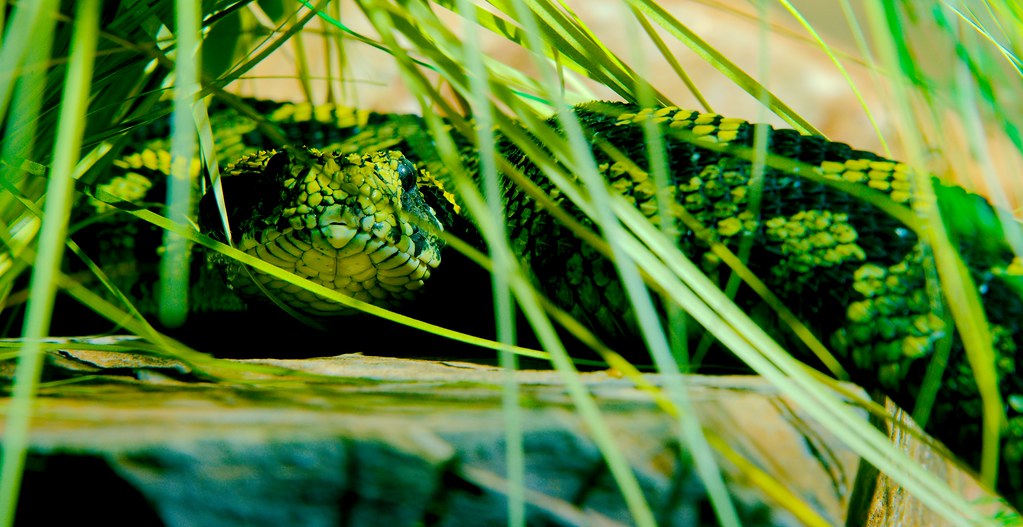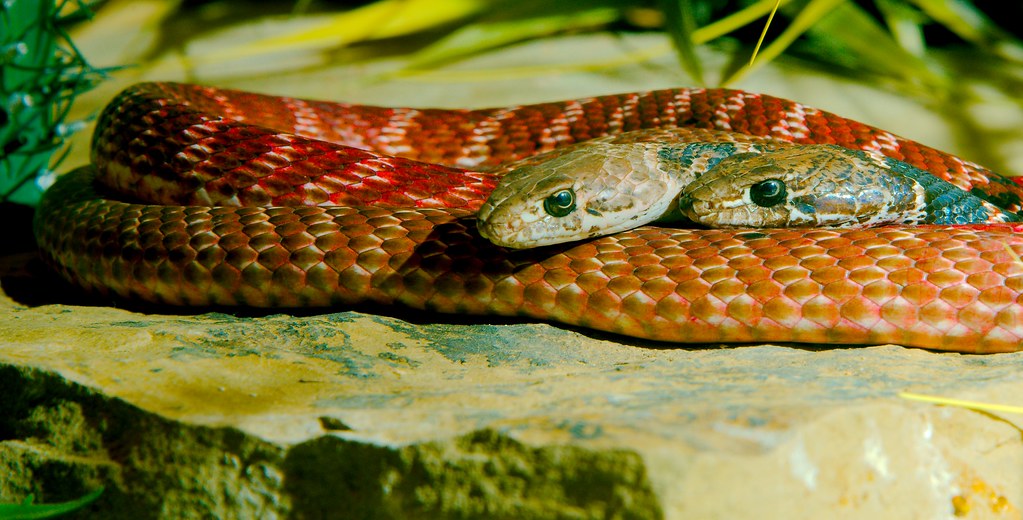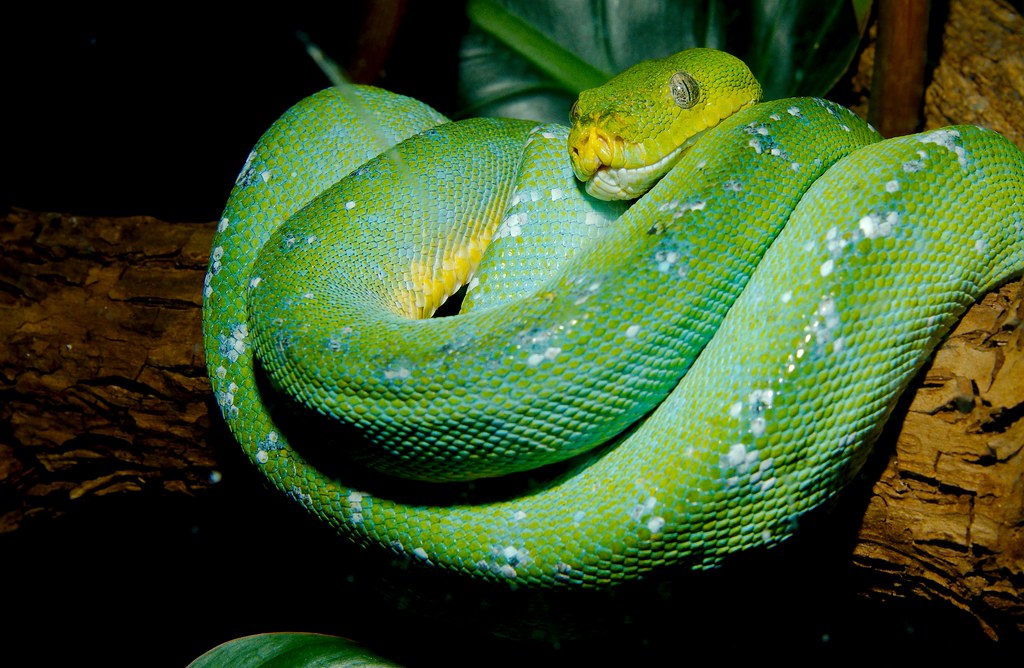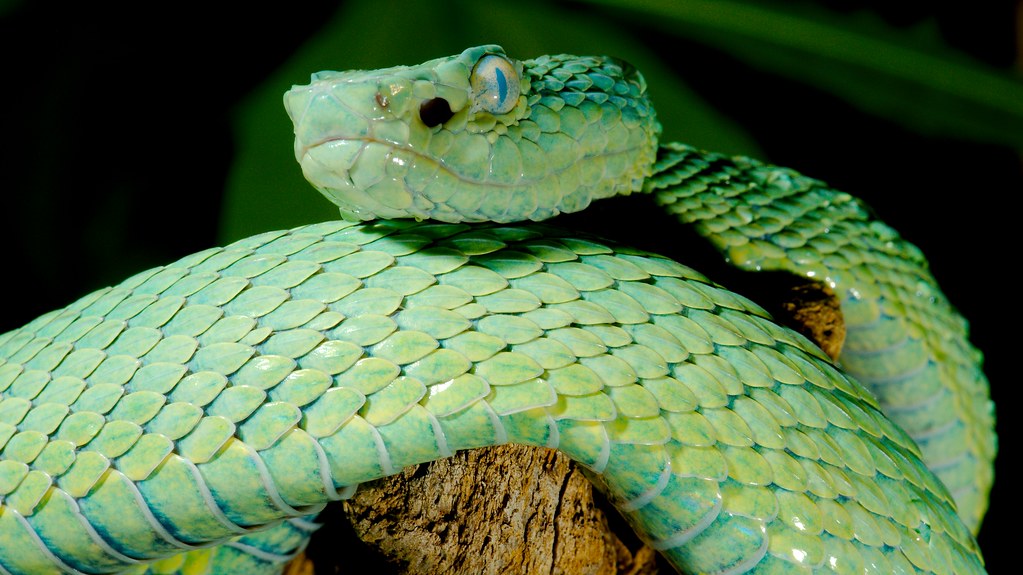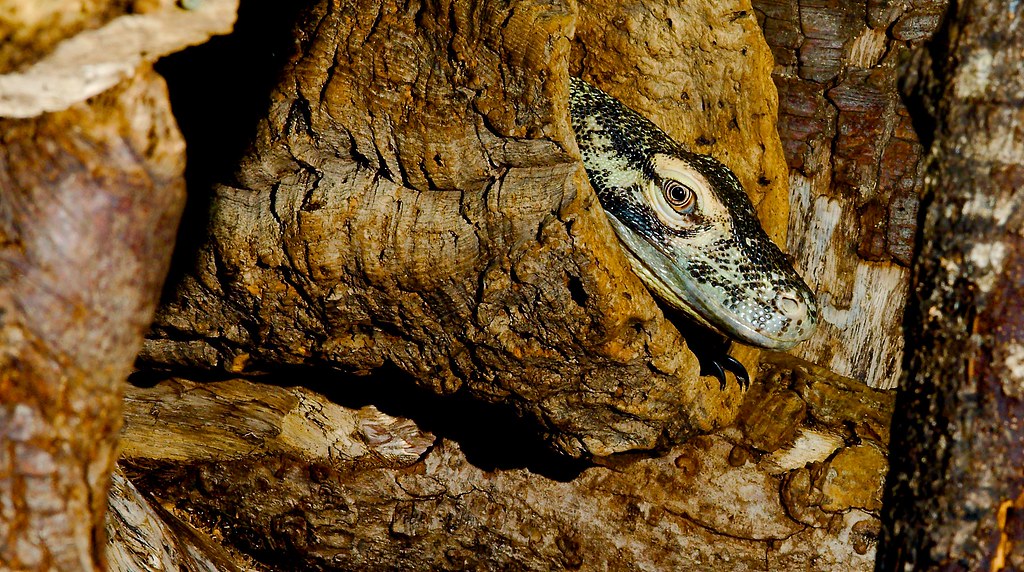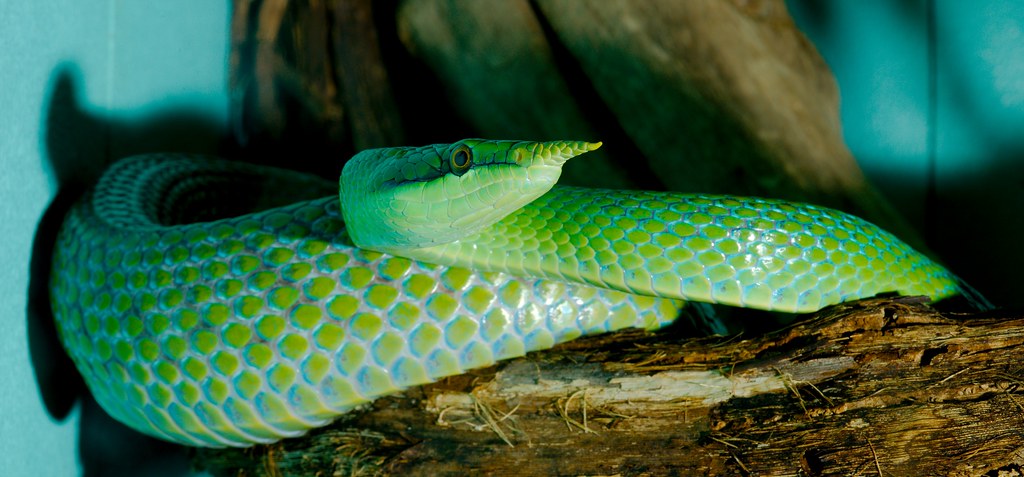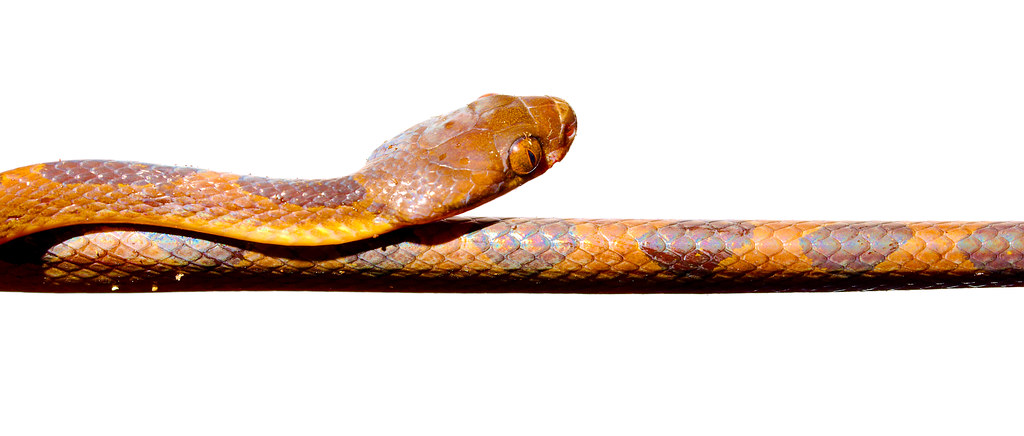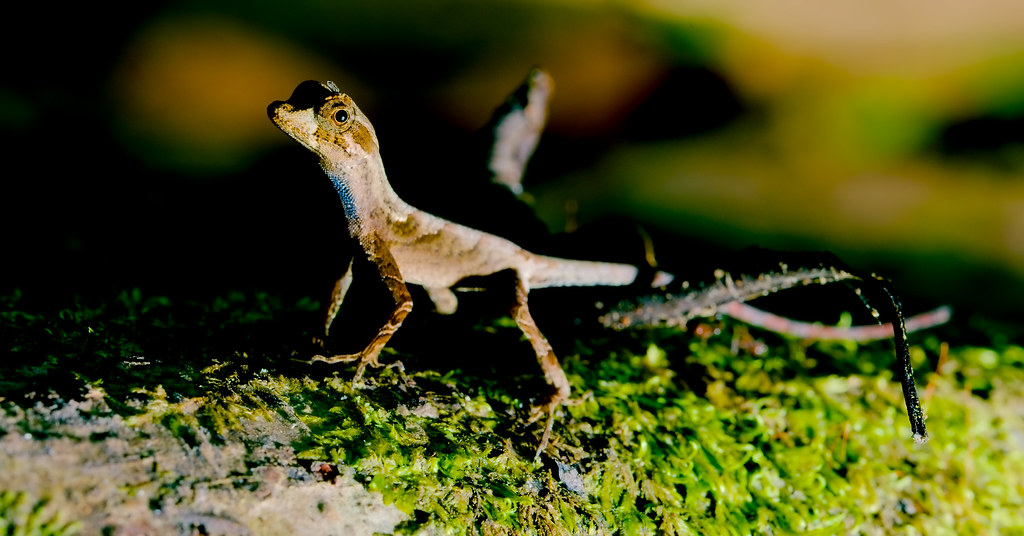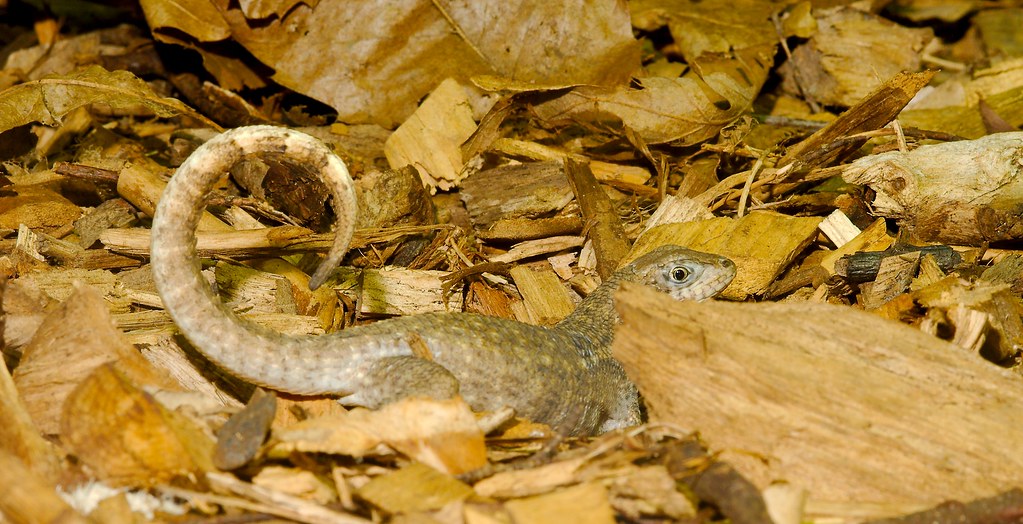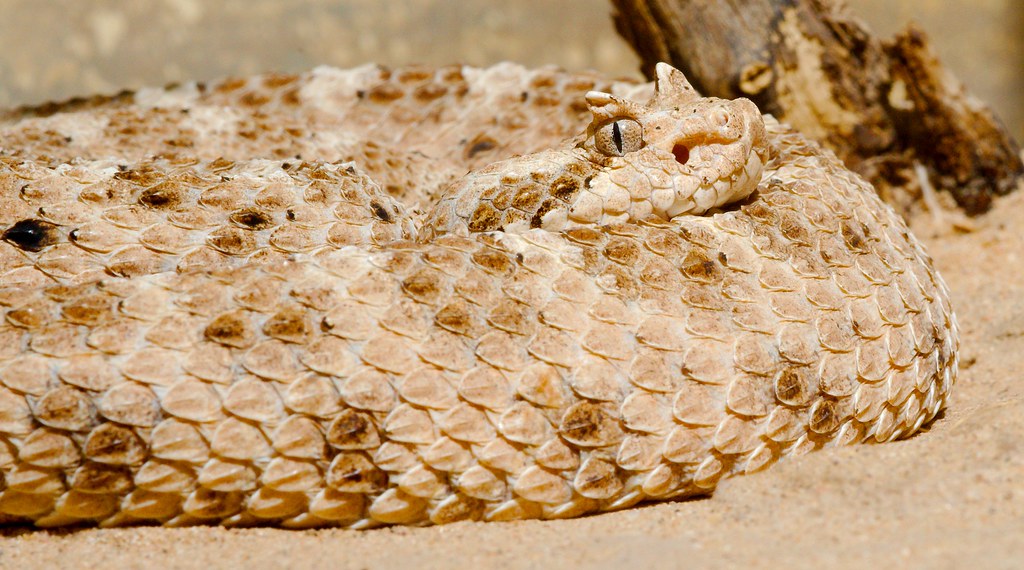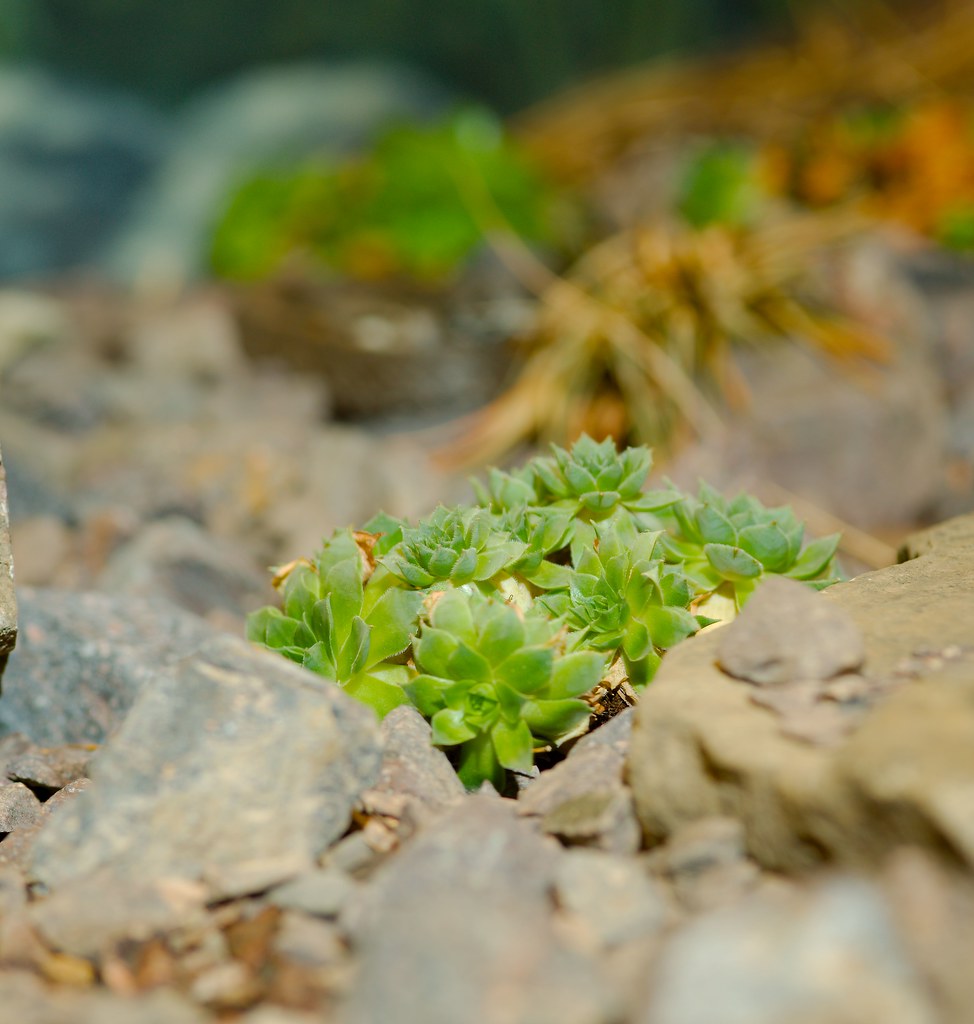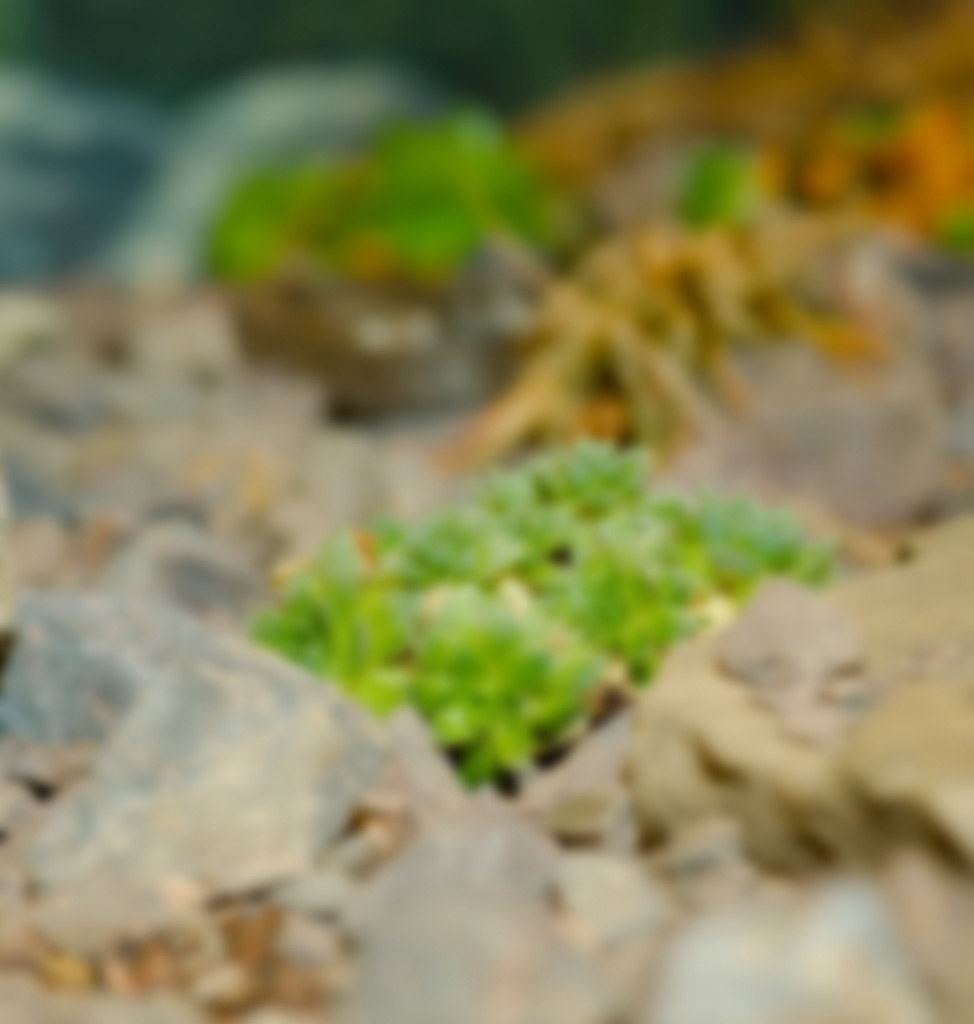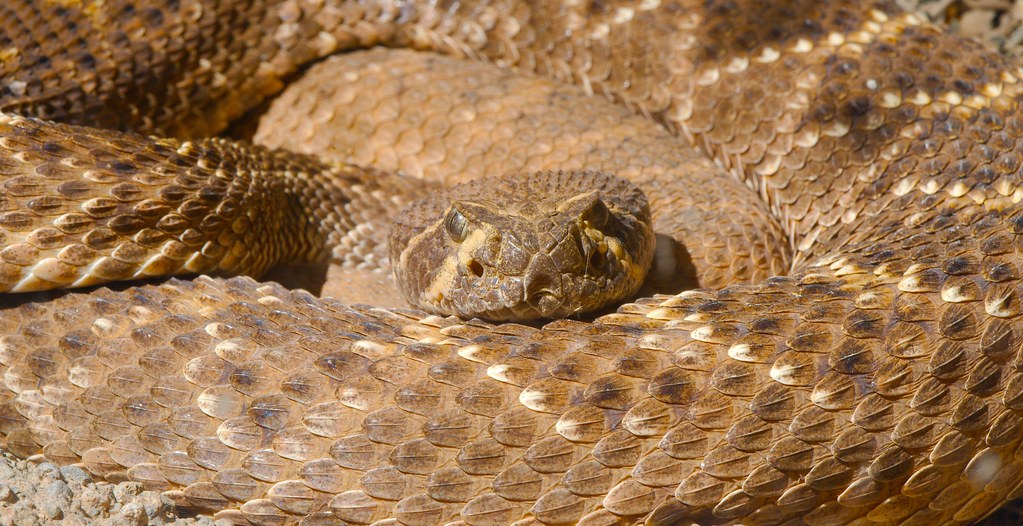I got really concerned while I was there because the water was rising faster than the tortoises were moving. It wasn’t until I got home that I remembered that, though they don’t do it often, tortoises are perfectly able to swim.
Category Archives: Reptile
Giant Hump-headed Lizard (Gonocephalus grandis)
Western Green Mamba (Dendroaspis viridis)
Q: How can’t you measure a snake?
A: In feet.
Q: What do you call a snake who works for the government?
A: A civil serpent.
Q: What do you call a snake that’s very polite?
A: A civil serpent.
Q: Why did the zoo’s breeding program have to replace all their plastic pedestals with wooden ones?
A: Because adders can only multiply with a log table.
Q: Why did the snake see Gone With The Wind in the theater?
A: She really liked the book.
Q: How did the snakes get out of jail?
A: They scaled the wall.
Ha!
Ethiopian mountain viper (Bitis parviocula)
Mangshan Pitviper (Protobothrops mangshanensis)
Red Coachwhip (Masticophis flagellum)
Green Tree Python (Morelia viridis)
Snake
Komodo Dragon (Varanus komodoensis)
Vietnamese Long Nosed Snake (Rhynchophis boulengeri)
Yellow-blotched Palm-pitviper (Bothriechis aurifer)
Peru 2015 – Snake
Peru 2015 – Lizard
Northern Curlytail Lizard (Leiocephalus carinatus armouri)
Sonoran Desert Sidewinder (Crotalus cerastes cercobombus)
Martinique anole (Anolis roquet summus)
A consideration
This is a multi-image post so, if you’re viewing this on Facebook, you might want to click through to the original.
Take a look at this lovely picture of a plant. Plants like this grow among the rocks of a field, popping out where they can find soil purchase and enough water and sun to barely survive. If you were an animal living in this sort of world, you’d see this sort of thing a lot. Some of the plants you could eat, some you couldn’t. But either way, you wouldn’t pay it much mind.
The other thing is that a lot of animals just don’t see very well. They don’t wear corrective lenses and tend to live more dangerous lives than we do. So if they get an eye injury, they tend to keep it. Their eyesight is unlikely to improve as they get older. In fact, it will often get worse.
This is also true for humans before we had glass technology. So, an early human would look out at their land and see something like this:
Still, you could probably make your way through life that way, right? Green stuff is edible. Small moving stuff is yummy. Big moving stuff is scary. It’s simple, right?
Well, what if the picture really looked like this?
That’s an Armenian viper and, like many snakes, they make their living by being underestimated.
Be glad you live at a time when good vision is available to people all over the world … except in the poorest countries … you know, those with lots of vipers in them.
Mexican Lance-headed Rattlesnake (Crotalus polystictus)
The two tips of a snake’s tongue allows them them to determine directionality of chemical traces. One would presume that snakes only need two probes because they are, largely, two dimensional beings and that, could snakes fly, they would be equipped with a triple split tongue. However, sea snakes exist in a three dimensional world and only have the normal split tongue.
This just goes to show that nature does what works, not what fits human theories.



